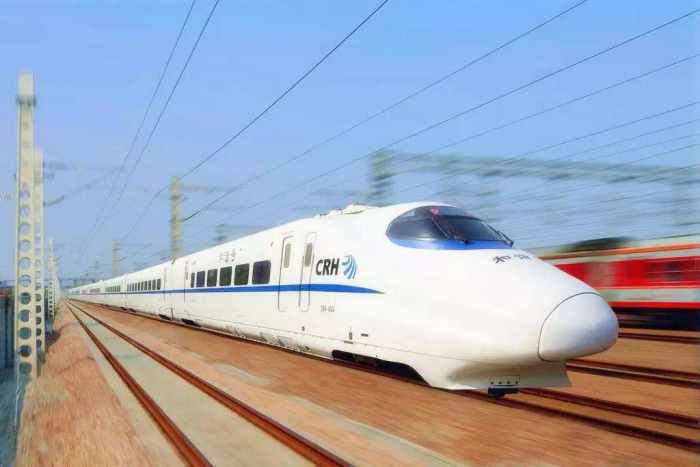


(file photo)
By the end of 2016, the mileage covered by Chinese high-speed train had exceeded 22,000 kilometers, more than the total of bullet trains run by all other countries in the world. The rapid expansion of this network has significantly shortened the travel time from China's west to its east.
A man surnamed Liu works in Jinan, capital city of Shandong province, and regularly has to travel between Jinan and his hometown of Yantai. He spent many years avoiding train travel because in his memory it often took ages. But since 2016, when the intra-city railway from Qingdao to Rongcheng began operation, Liu's travel time was cut in half.
“It is much faster than driving myself. And the ticket price is only half the cost of driving," Liu said. “Many of my friends have become firm supporters of high-speed trains. You can easily book a ticket with an app on your cell phone. There is no need to queue at the railway station overnight, even to get a ticket during Spring Festival.”
Liu is representative of many others who have benefited from the development of high-speed trains in China. The success of the network is also reflected in awe-inspiring figures: Last year, high-speed trains carried 1.4 billion passengers to their destinations, the migration scale of which is equivalent to moving the whole population of Africa and South America.
 Fire brigade in Shanghai holds group wedding
Fire brigade in Shanghai holds group wedding Tourists enjoy ice sculptures in Datan Town, north China
Tourists enjoy ice sculptures in Datan Town, north China Sunset scenery of Dayan Pagoda in Xi'an
Sunset scenery of Dayan Pagoda in Xi'an Tourists have fun at scenic spot in Nanlong Town, NW China
Tourists have fun at scenic spot in Nanlong Town, NW China Harbin attracts tourists by making best use of ice in winter
Harbin attracts tourists by making best use of ice in winter In pics: FIS Alpine Ski Women's World Cup Slalom
In pics: FIS Alpine Ski Women's World Cup Slalom Black-necked cranes rest at reservoir in Lhunzhub County, Lhasa
Black-necked cranes rest at reservoir in Lhunzhub County, Lhasa China's FAST telescope will be available to foreign scientists in April
China's FAST telescope will be available to foreign scientists in April "She power" plays indispensable role in poverty alleviation
"She power" plays indispensable role in poverty alleviation Top 10 world news events of People's Daily in 2020
Top 10 world news events of People's Daily in 2020 Top 10 China news events of People's Daily in 2020
Top 10 China news events of People's Daily in 2020 Top 10 media buzzwords of 2020
Top 10 media buzzwords of 2020 Year-ender:10 major tourism stories of 2020
Year-ender:10 major tourism stories of 2020 No interference in Venezuelan issues
No interference in Venezuelan issues
 Biz prepares for trade spat
Biz prepares for trade spat
 Broadcasting Continent
Broadcasting Continent Australia wins Chinese CEOs as US loses
Australia wins Chinese CEOs as US loses